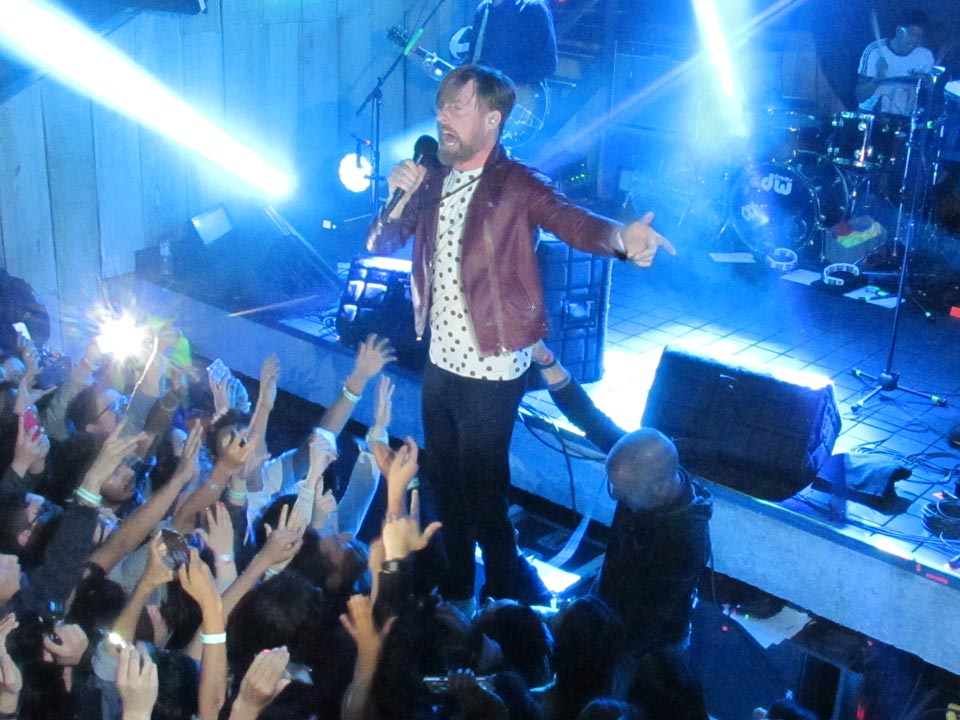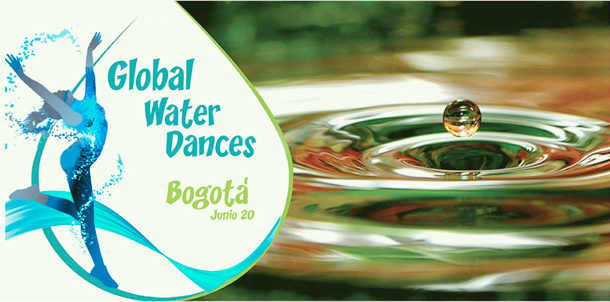Alejandra Chipatecua takes a look at what is on show at ARCO, as Colombia relishes its role as guest of honour at Madrid’s prestigious annual art fair
Colombia was selected as the special guest at the 34th edition of ARCO Madrid, an international contemporary art fair that, for three decades, has been an important platform for promoting and launching independent artists from around the world.
The fair, which took place from February 25 – March 1, included the participation of numerous countries and gave artists and art-lovers alike the opportunity to appreciate the work of leading figures from the art world, such as Picasso, Katharina Grosse, Jean-Michel Basquiat, Alexander Calder, Frank Auerbach and Jimmie Durham, among many other luminaries.
Visitors had a varied choice of paintings, sculptures, performances and other installations, and not just in museums — ARCO Madrid takes art to the streets of Spain’s capital too, with interventions providing an up-close and personal experience of cutting-edge performance artists.
For a few short and anarchic days, Colombia was the central protagonist of an artistic invasion of the Spanish capital, with exhibitions and installations appearing at numerous museums and galleries across the city — so many, in fact, that ARCO put on a free bus service to take in all the events.
Previous invited guests include Brazil and Mexico. Colombia’s inclusion in this year’s fair is testament to the big steps that Colombian art has taken over the past few years, as well as a glimpse of the exciting future ahead. The many stories that Colombia has to tell are starting to emerge in the daring work of this new wave of young artists who explore both the painful past and the optimistic present.
Art critic and independent curator Halim Badawi explains that: “The fair’s offerings were refreshed by a new, powerful and relatively unknown art scene.”
Yet, despite a strong showing by the country’s artists, Badawi feels that the selection of artists and artwork did not accurately reflect Colombia’s art scene: “The majority of Colombian galleries only exhibited art by young, developing artists, and not always their most powerful work.”
He continues: “Although the Instituto de Vision’s display was very interesting, I missed Wilson Díaz, María Evelia Marmolejo or Miguel Ángel Cárdenas, representative Bogotano artists, who would have been interesting in the international context of the fair.”
- Photo: Nick Ibister
Currently, Colombia boasts a number of excellent up and coming artists and the national art scene is booming, evidenced by the Banco de La Republica finally being recognised with a category ‘A’ award by ARCO for its collection. This act reflects the continued development of the top-class collection for over more than half a century.
This collection includes a powerful and provocative piece by Doris Salcedo, Dolorosamente Colombiano (Painfully Colombian), which is to be housed in Madrid’s prestigious Thyssen-Bornemisza Museum. The piles of white t-shirts penetrated by steel rods commemorate the victims of a massacre in Uraba. The piece is at once visceral and imaginative, fully conveying both the horror of the event and the sorrow of the aftermath.
Amongst the other Colombian artists representing the country was Óscar Murillo, whose newest piece, De marcha ¿una rumba? No, solo un desfile con ética y estética, accompanied the re-opening of the Daoíz and Velarde Cultural Centre (which, bizarrely, closed again after the event, with a fixed date for its opening not yet set) to rave reviews.
Cali’s Susana Mejía presented her piece, Color Amazonas, chronicling the savage beauty of the pristine Colombian Amazon, even as it lies under threat. Meanwhile Adrian Gaitan’s giant and colourful rug Tapete was a real crowd-pleaser.
Artist profilesLiliana Sánchez, Bogota: Marcela Cárdenas, Medellin: Edwin Sánchez, Bogota: |
Photos: Gustavo Ortiz 2015
Continue reading: Doris Salcedo at Chicago’s Museum of Contemporary Art and what’s hot in Colombia’s art world right now.
By Alejandra Chipatecua














